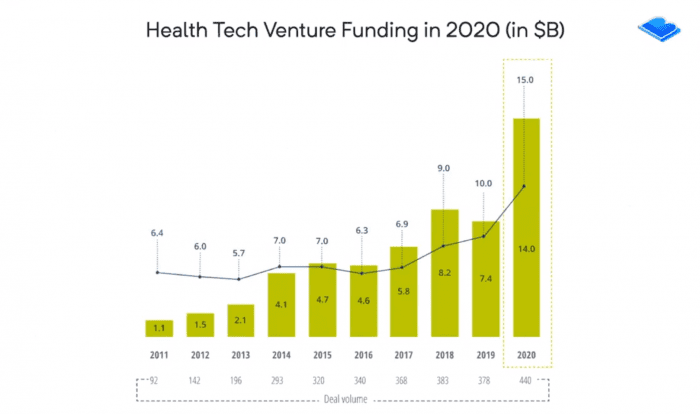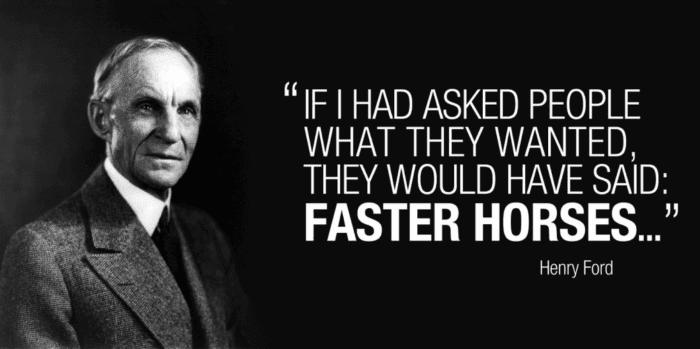Recap Of Our Digital Innovation In Fitness March 2021 Webinar
We recently hosted a webinar that we dubbed “Digital Innovation in Fitness” where we touch on our design and development capabilities, the state of the digital fitness industry, as well as knowledge we’ve gained about the market through our work on the Webby-nominated JAXJOX fitness platform. You can watch the webinar video here:
Partners Zack Drew, who is our VP of Client Solutions, and VP of Product, Danny Deserto, along with Director of Client Solutions, Ashkan Eskandari walk through the evolution of fitness then dive into specifics on valuable, digital trends in the industry. Below are a few highlights from the webinar.
Summary of the Digital Innovation in Fitness March 2021 Webinar
After a brief bit about our capabilities with the multitudes of tech that we use for design and development, Zack condenses a few hundred years of fitness history into a commercial length segment. There’s a fascinating tale about the evolution of human exercise science but it wasn’t until the early 1980s that it would turn into a highly valuable marketplace. As our technology has evolved since then, digital transformation in fitness now manifests in the app-driven fitness devices and programs we see today.

On top of the solid growth the fitness equipment industry had already been experiencing – with many thanks to widely publicized investments from venture capitalists in health tech – the COVID-19 pandemic struck last year which would serve to further boost sales and investing to jaw-dropping levels. Basically, there’s no shortage of funding for apps that exist anywhere near the intersection of health and fitness.
Danny takes over the presentation to offer some thoughts and explain processes that businesses need to consider when entering what he appropriately describes as a “large, addressable market.” Businesses must dial in to truly deliver value through an MVP that delights a small batch of early users as this sets the stage to eventually scale to a larger audience.
Nailing down the first iteration of a product is something that begins with a lot of preliminary qualitative research which means interviewing potential users before building a product. Starting small is a crucial part of an iterative process that involves continually learning then adapting what we’ve learned into a product. The successful digital fitness product we created for JAXJOX was used as a reference which is covered in more detail a bit later in the presentation.
The way we officially start this process is through a Design Sprint which is a week-long process that results in a prototype and feedback from a test group. While this tends to reveal a substantial amount of potential for an idea, we ultimately use this information to trim down the MVP to offer the best set of features for early adopters. Danny goes on to say, “If you’re super sure about the product you’re releasing, you’ve waited too long,” which perfectly aligns with thoughts from Reid Hoffman, founder of LinkedIn, who has said:
You may have heard me say: If you're not embarrassed by the first version of your product, you've launched too latehttps://t.co/r4JyKzzyWO
— Reid Hoffman (@reidhoffman) March 29, 2017
Basically, you’re not going for perfection, you’re looking to offer the perfect amount of value to connect with early users to learn from how they engage with the app through quantitative and qualitative feedback. Fine-tuning the app is a process that occurs over time as the app is updated and improved.
When Zack resumes, he covers several companies that have digitized over time to stay relevant in the market such as Nordic Track, Bowflex, and Precor. All these companies now offer apps that have become as important to consumers as the equipment itself.
In addition to established companies, some notable newcomers are mentioned like Apple that now offers Fitness+, in addition to a range of other health-related products, as well as HealthKit for developers to safely build healthcare and fitness solutions. Apple, who rarely flops a product, tends to hang back a bit to watch the early competition play out before introducing their version to the market (i.e., they’re a well-known “fast follower”), thus reinforcing the importance of early market research before starting development on a project. Apple (and Google too) also have a massive influence on businesses by rewarding those who offer in-app purchases (IAP) and in-app subscriptions (IAS) as each controls the rules of their respective marketplace where apps are hosted.
One such app that’s thriving by offering a subscription-based fitness solution is Centr, founded in part by the mighty Thor himself, Chris Hemsworth. Centr is a great example showcasing that consumers are just as focused (if not, more) on the quality of the programs that are offered than the equipment provided. This also is observed in the success of Forte which is a streaming platform that connects users to trainers all over the world.
Mirror is another example that seems to perfectly bridge aesthetically pleasing, modern tech and fitness equipment that focuses on delivering virtual workout sessions. There’s also a similar-looking system from Tonal though this product additionally offers a resistance training assembly. Both companies lean strongly into the visual appeal of these systems which is great for those who want a fitness solution with virtually no footprint.
Danny follows Zack by discussing the JAXJOX platform, starting with an overview of its current offerings before backpedaling to the first incarnation of the platform. Since starting with KettlebellConnect and their proprietary Fitness IQ system (derived with the help of the American College of Sports and Medicine) that bases performance against benchmarks identified by the organization, JAXJOX has since evolved to offer a more comprehensive set of services. JAXJOX used its early products as tools to better understand its audience then grow to offer more interactive fitness solutions, along with new connected devices like the DumbbellConnect and Foam RollerConnect.

Zack follows Danny’s overview of JAXJOX with a quick plug from user testing, citing this famous non-quote from Henry Ford. Because user testing is the key to meeting needs, it needs to be done early, often, and correctly – the best results come from listening to both the good and bad feedback as well as observing and analyzing actual user behavior.
In the last portion presented by Danny, he details how JAXJOX has managed to grow to also incorporate personalization and gamification which tether to backend AI to deliver an engaging fitness experience. Even outside the world of fitness apps, personalization and gamification prove to be incredibly effective at positively impacting user motivation. As motivation is one of the biggest hurdles for most to overcome with maintaining an effective workout routine, new entrants must understand that some kind of reward system needs to be in place for recognizing progression.
JAXJOX is also now starting to incorporate more sensor-based connected equipment to help users better understand their fitness journey. Since proper workout technique is essential to getting desired outcomes and preventing injury, new sensors and motion capture tech is being worked into the product to provide real-time feedback for users to help them perfect their form. This is a valuable component in other systems like Mirror as it’s an excellent way to cultivate engagement and a good selling point as a result. In the future, the plan is to make on-demand fitness sessions in JAXJOX more social by linking friends together to optionally share select fitness data and communication features like video and audio.
Ash wraps up the presentation by revisiting and elaborating on the concept of gamification, calling attention to Peloton’s successes. Their leaderboard of the app has proven to be wildly successful. As such, it’s certainly something to consider when building digital products for fitness.
Blue Label Labs can help you build your fitness app
Our goals are to extend our knowledge to help direct our customers to make the best possible decisions for their app. At Blue Label Labs, we’re constantly expanding how we develop applications by embracing forward-thinking processes to satisfy every possible end-user with testing playing a pivotal role. If you’re thinking about building a fitness app, reach out to us to learn how we can help you uncover opportunities and deliver a successful product to the market.









